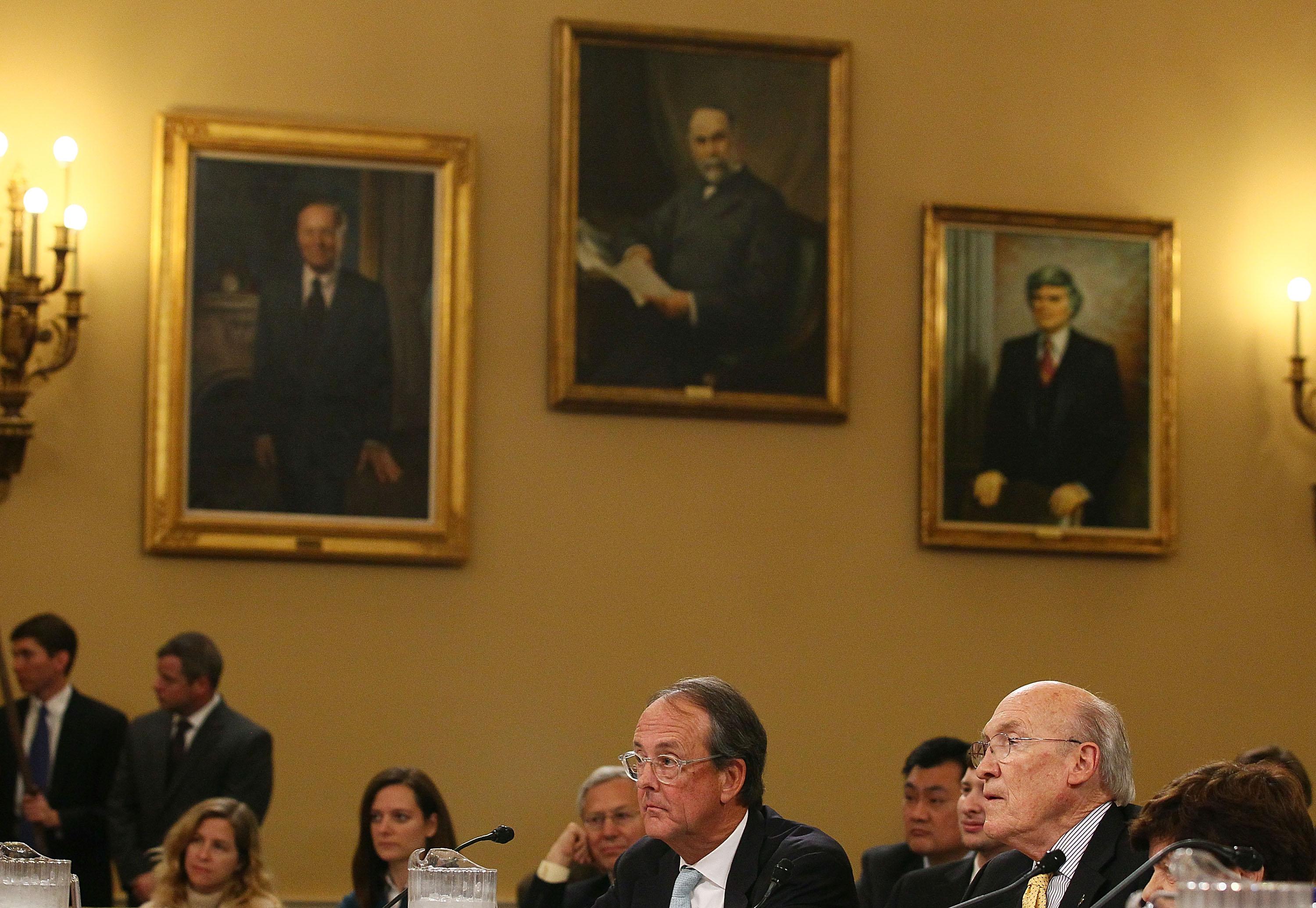Erskine Bowles and Alan Simpson are out today with a “new” version of what’s essentially their same fiscal plan. The main thing you need to know about it is that despite all the rhetoric, this is not a plan about the budget deficit.
Now backing up, what you’re going to read a lot of in the press is stories about the deficit. You’re going to read that Simpson and Bowles are proposing $2.4 trillion in additional deficit reduction over the next 10 years, and that this is an important disagreement with the White House’s position that $1.5 trillion in fiscal consolidation would be enough. Judged in that light, Simpson and Bowles are clearly just shifting the goalposts. The Obama administration’s math is simple. They took the original Simpson-Bowles $4 trillion baseline, looked at the deficit reduction that’s been enacted between then and now, subtracted, and got their number.
The reason Simpson and Bowles are moving the goalposts is that thus far, none of the deficit reduction has cut spending on programs designed to bolster the living standards of the elderly, and what Simpson and Bowles think America should do is cut spending on programs designed to bolster the living standards of the elderly.
The problem with the $1.5 trillion figure, from this viewpoint, is that you could achieve it without substantially cutting programs designed to bolster the living standards of the elderly. That’s especially true if you’re allowed to achieve the $1.5 trillion in deficit reduction in a “balanced” way that features tax increases. But if you accept the combined premises that cutting programs designed to bolster the living standards of the elderly is an urgent national priority and also that everything needs to be framed in terms of the budget deficit, then the only way to reconcile those views is with a little burden-shifting. I don’t know why this framing has come to be accepted, but it has. But you as a reader at home shouldn’t be taken in. The main policy debate here isn’t about deficits, but about spending, and specifically spending on the elderly. The number of elderly people is expected to grow as a share of the population, and because some of our elderly-focused spending specifically targets health care, the volume of spending per old person is also poised to rise. What to do about that—to increase the taxation of the non-elderly to pay the tab, or to cut the tab by reducing our commitment to helping the elderly—is what’s being debated.
